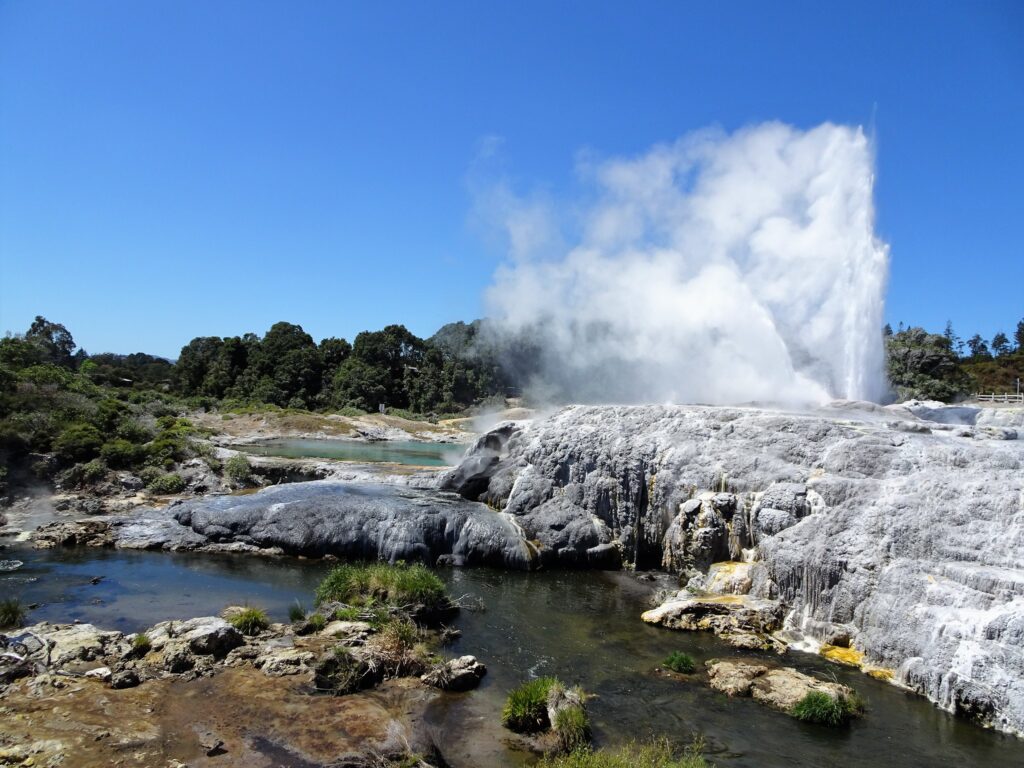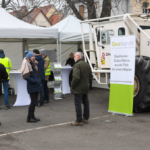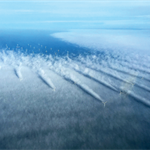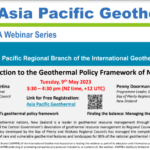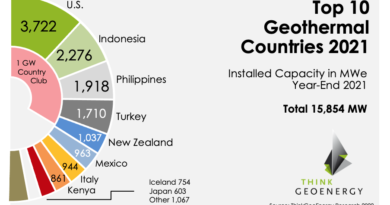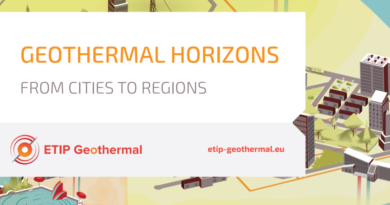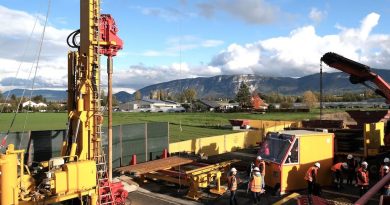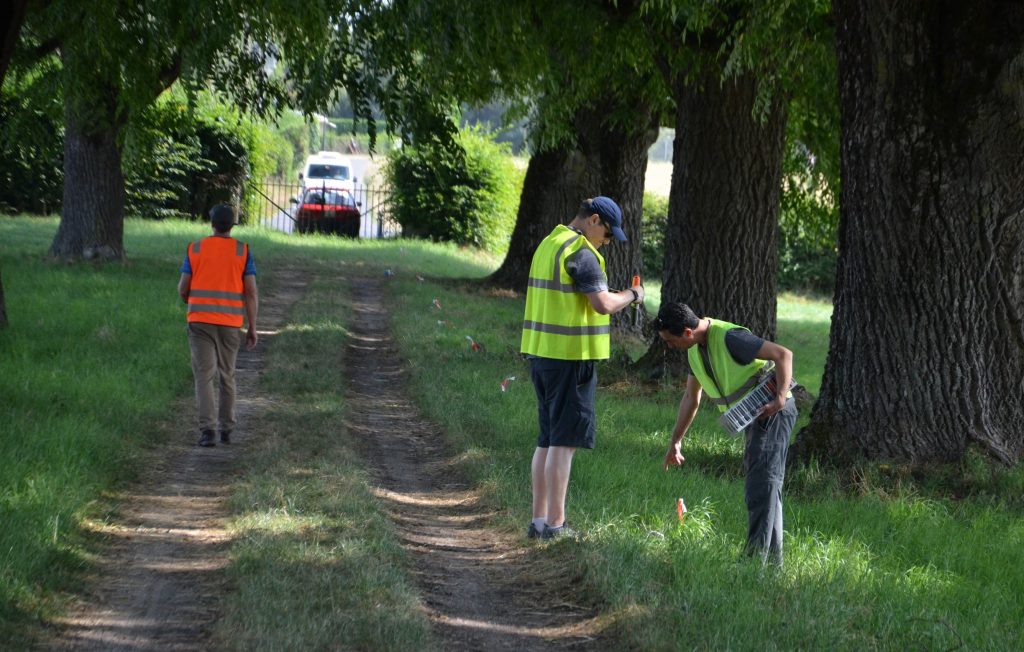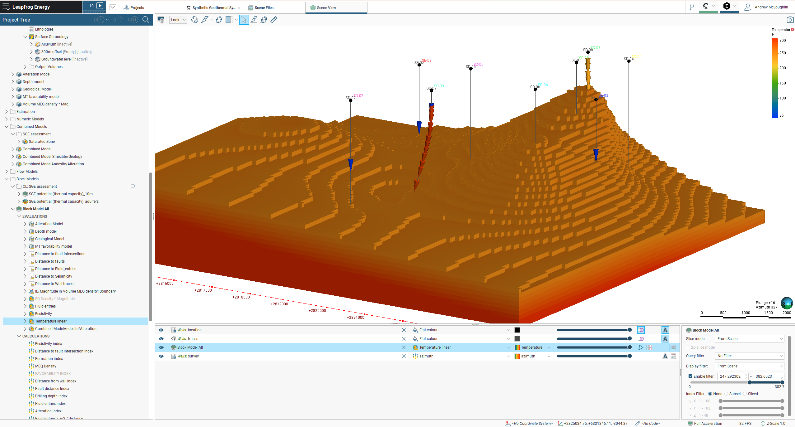UNFC applied for geothermal inventory at Waikato Region, New Zealand
Energy Disrupter
Jacobs has published a comprehensive report applying the UNFC standards for an inventory of geothermal projects in the Waikato Region in New Zealand.
The United Nations Framework Classification for Resources (UNFC) has been successfully applied to compile a geothermal inventory of the Waikato Region in Aotearoa New Zealand, marking a significant step forward in transparent and consistent reporting of energy potential. This initiative, commissioned by the Waikato Regional Council, utilized the UNFC system to assess existing, planned, and potential geothermal developments as part of their mandate for reporting on natural resources in the region.
The UNFC system was adopted for this geothermal assessment in the Waikato Region, the first in two decades, for its ability to provide a clear framework for reporting on the maturity of projects, enhancing transparency for markets, investors, regulators, and reporting agencies.
The comprehensive report conducted by Jacobs outlines the results of applying the UNFC system and methodology to assess 22 geothermal projects on 10 geothermal systems in the Waikato Region. It included assessment of both electricity and direct heat products.
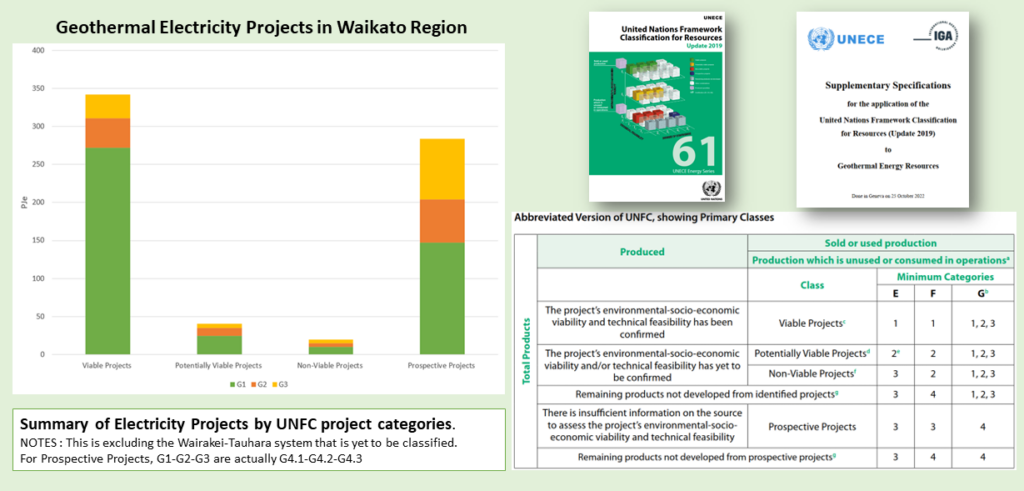
The results were summarized in terms of the UNFC broad classifications of Viable, Potentially Viable, Non-Viable and Prospective Projects and highlighted that, while the region has a substantial installed capacity and recent new projects and expansions, any significant future development will require substantial exploration drilling to prove existence of new geothermal sources.
The application of UNFC to the geothermal inventory of the Waikato Region has proven highly successful, providing a concise compilation of all projects on a common assessment basis. Geothermal operators actively engaged in the process, displaying a high level of interest and cooperation and the use of templates facilitated efficient compilation of UNFC reports.
This study is probably the broadest application yet of the UNFC system for geothermal and highlights the effectiveness of the UNFC “project lens” for assessing what can realistically be delivered from geothermal energy sources. This project focus helped assess and classify the potential from geothermal systems that hosted several stages of development. But in contrast with prior “reporting codes” it also guided those not yet drilled where consideration of technical and enviro-social development aspects moderates what can be expected from future projects.
While the report identifies areas for further consideration, particularly in projecting prospective projects for heat production, the overall success of this initiative that was intended as a test case provides a strong precedent for wider application of the UNFC reporting framework for geothermal nationally in Aotearoa New Zealand. It should also offer a vision for wider application globally and also for better representing geothermal energy’s place in the renewable energy sector and role in the transition from fossil fuels.
About the UNFC:
You can learn more about the UNFC at https://unece.org/sustainable-energy/sustainable-resource-management/united-nations-framework-classification
UNFC documents and the Geothermal Specification can be found at https://unece.org/sustainable-energy/sustainable-resource-management/unfc-documents
For more information about this application of UNFC contact Greg Ussher or Jesse Lebe at Jacobs.
Source: Email correspondence


